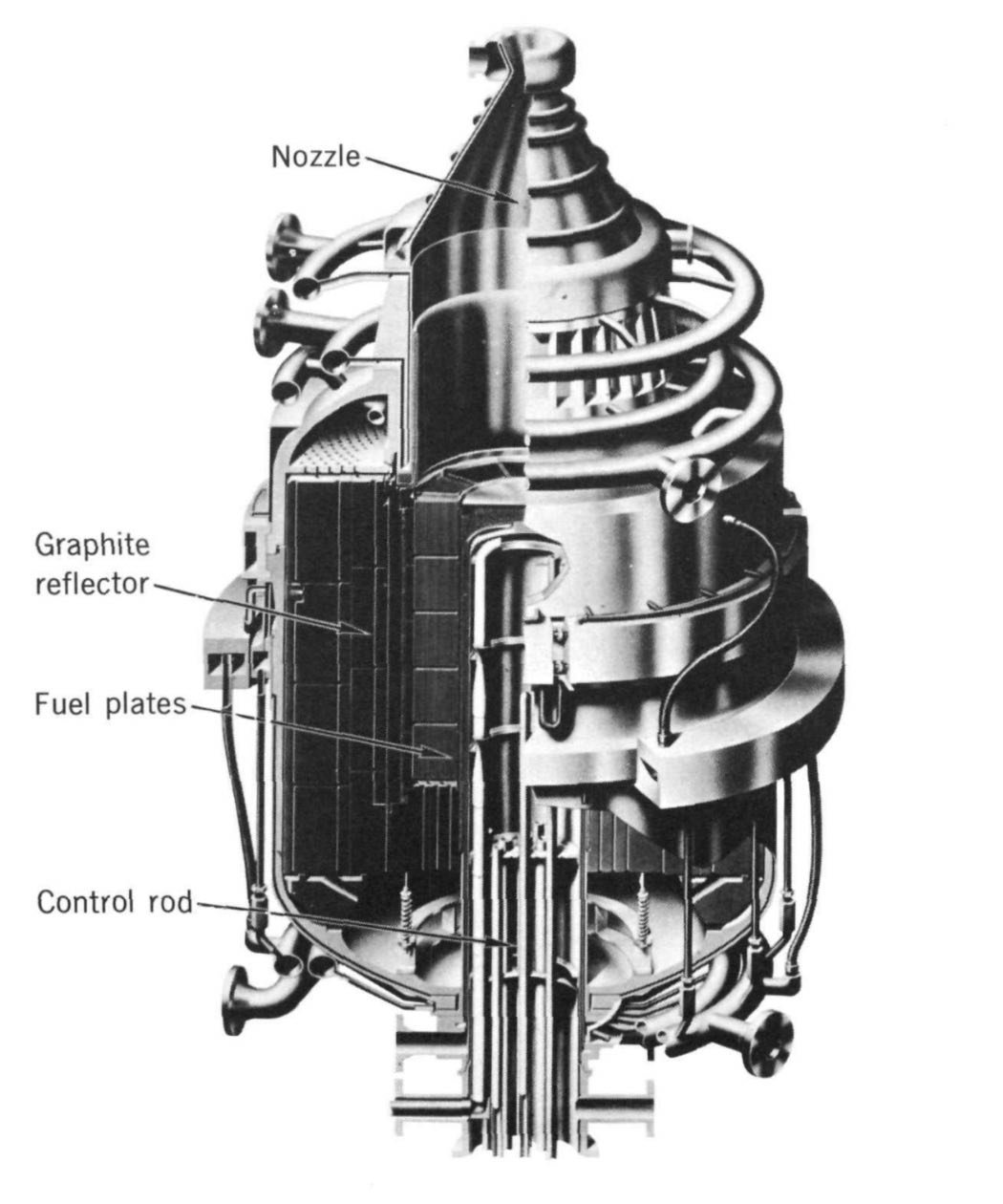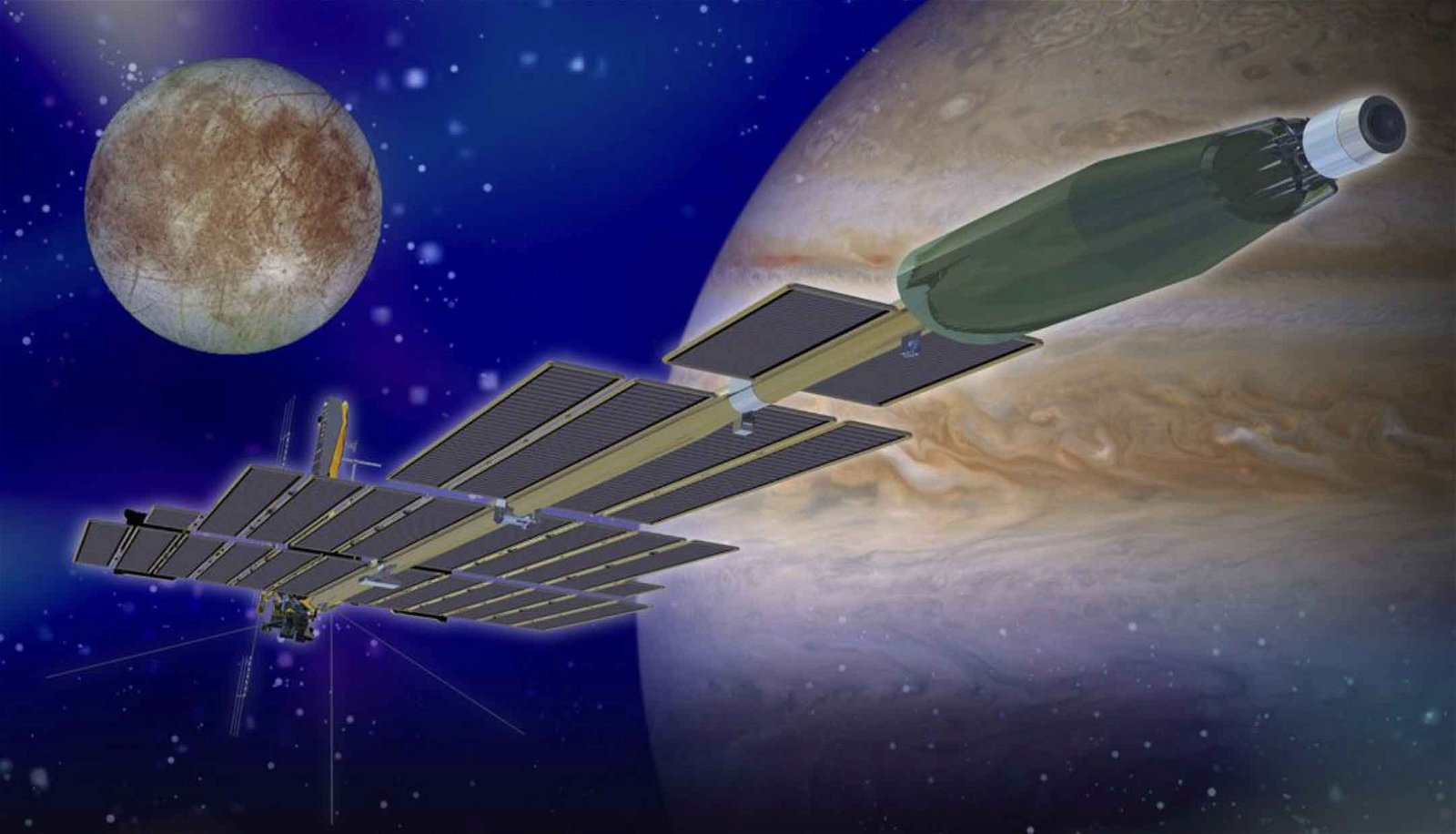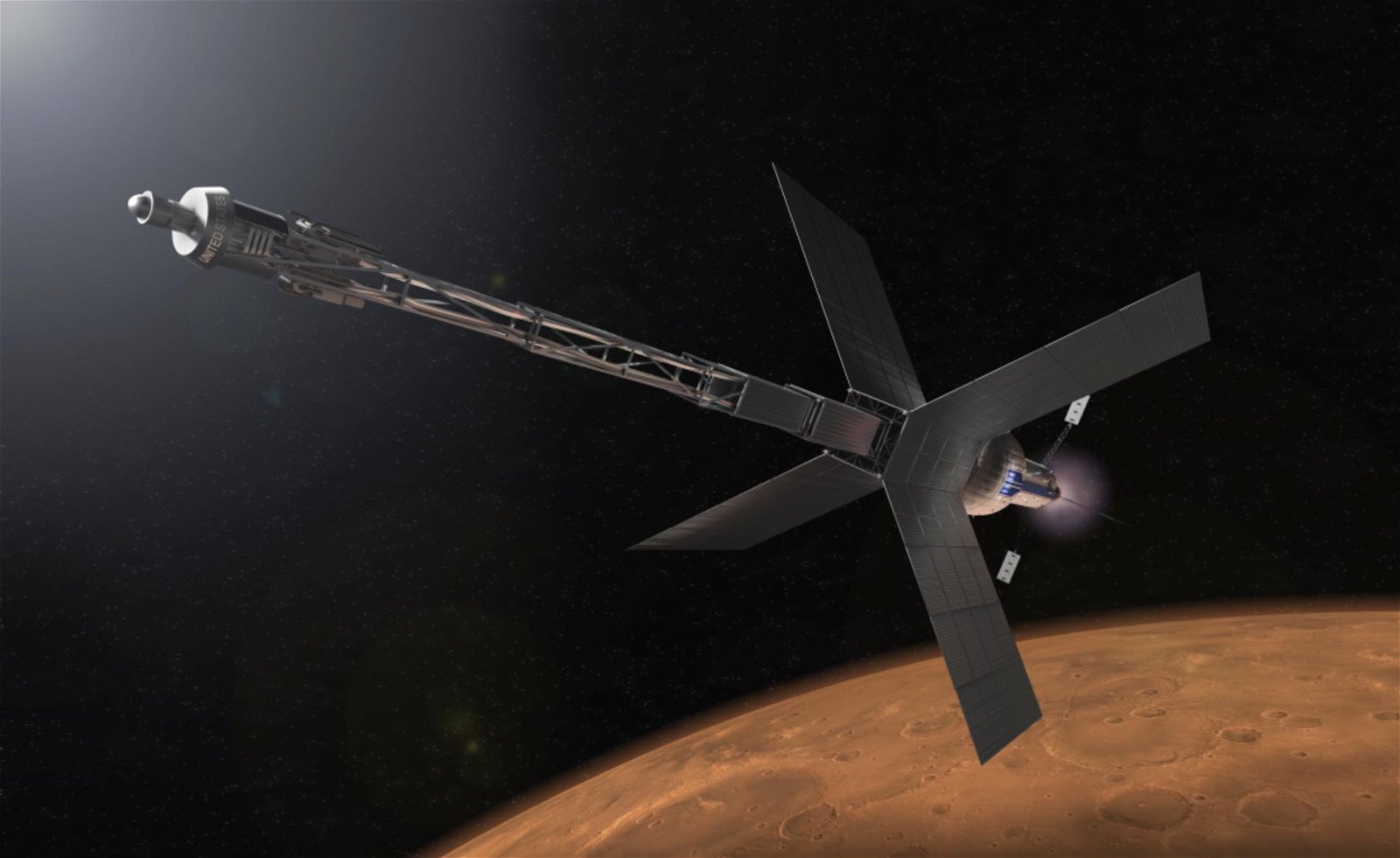In a bold move that echoes ambitions from the earliest days of space exploration, the U.S. Air Force Research Laboratory (AFRL) is revisiting the concept of nuclear-powered spacecraft.
On September 29, AFRL announced it had issued significant contract awards to leading industry figures, including Lockheed Martin, Westinghouse Government Services, and Intuitive Machines, to progress the development of nuclear-powered reactors for future spacecraft designs.
The decision marks a paradigm shift from traditional electric and solar power toward using nuclear fission to fuel the Air Force’s next-generation satellites and space vehicles.
The initiative stems from the Joint Emergent Technology Supplying On-orbit Nuclear Power Program, or JETSON, managed by the AFRL’s Space Vehicles Directorate based at Kirtland Air Force Base in New Mexico.
During a virtual panel hosted by the American Nuclear Society, program manager Lt. Col. Tommy Nix explained that JETSON aims to provide the Space Force with the ability to conduct missions beyond geosynchronous Earth orbit. Extending over 22,000 miles from the Earth’s surface, geosynchronous Earth orbit is currently the furthest region used by military satellites.
“As we move farther and farther out from what our current mission set is, we’ll need higher power to cover the bigger volumes [of space],” Lt. Col. Nix emphasized. “So that’s where a lot of the focus on our programs are.”
Developing a nuclear-powered spacecraft is hardly a new concept. Launched in 1946, a joint Air Force and Atomic Energy Commission initiative, the Aircraft Nuclear Propulsion (ANP) program, spent over a decade and $1 billion trying to develop a nuclear propulsion system for aerospace vehicles.
In 1961, President John F. Kennedy canceled the ANP program, writing in a statement, “Nearly 15 years and about $1 billion have been devoted to the attempted development of a nuclear-powered aircraft; but the possibility of achieving a militarily useful aircraft in the foreseeable future is still very remote.”
“Project Rover,” or The Nuclear Engine for Rocket Vehicle Application Program (NERVA), was another joint effort to develop a nuclear thermal rocket engine for spacecraft, launched by NASA and the AEC in 1955.


By 1969, NASA had successfully developed and tested its NERVA-XE nuclear-powered engine “dozens of times” and intended to use it for a crewed mission to Mars in 1978 and establish a permanent lunar base by 1981. However, NERVA was canceled by President Richard Nixon in 1973, before any flight tests were ever performed.
Beginning in 1987, the U.S. again tested the waters of nuclear propulsion under an unacknowledged special access program codenamed “Project Timberwind.” The program was ultimately canceled in 1992 after it was exposed by the now-director of the Federation of American Scientists Project on Government Secrecy, Steven Aftergood.
“Just about as dangerous a machine as any I can imagine,” Aftergood would later describe Project Timberwind’s intention to use a two-stage rocket attached to a nuclear reactor. “Sheer scientific adventurism.”
In 2003, NASA again tried to develop nuclear-powered systems for long-duration space missions under a program codenamed “Project Prometheus.” However, this effort only lasted three years and $442.6 million before it was canceled in 2006.


In light of nearly 80 years of failures, some aerospace experts and Department of Defense officials believe now is the right time to finally harness nuclear space propulsion.
On its website, the American Institute of Aeronautics and Astronautics (AIAA) notes that “recent technology advancements, along with political/world changes relative to space,” are creating “exciting possibilities” for nuclear energy in the “new Space Age.”
In 2021, the DoD’s Defense Advanced Research Projects Agency (DARPA) announced it had awarded contracts to General Atomics, Blue Origin, and Lockheed Martin for the first phase of its Demonstration Rocket for Agile Cislunar Operations (DRACO) program.
According to DARPA, DRACO aims to develop and place a nuclear thermal propulsion (NTP) system above low Earth orbit in 2025.
During the American Nuclear Society virtual panel, Lt. Col. Nix was cautious when discussing how JETSON differed from DRACO or how the two programs might complement each other.
“While there is some propulsion and things that we’re looking at to do with DRACO later on,” Lt. Col. Nix said. “Our focus right now is on nuclear production and applying those to newer payloads and operating in sun agnostic manners, in new architectures we are currently planning and looking at providing a force presence across new parts of space as we expand outside the Geo Bell.”
Previous announcements have clarified that JETSON is not a nuclear propulsion program like DRACO. Instead, the initiative is focused on developing nuclear power systems that can be used in space.


Aerospace experts say the recent return to nuclear-powered spaceflight is motivated by the ongoing space race between America and China and the U.S. military’s need to be more maneuverable beyond Earth’s orbit.
For satellites or spacecraft to frequently change position or carry sophisticated payloads requires more electrical power than conventional solar panels or battery-powered systems can provide.
“Today, if we need a higher power, you have to either scope the higher power into the solar panel design or you have to carry batteries to store that power and then push it to the electrical system,” Lt. Col. Nix explained.
However, Fission reactors, Lt. Col. Nix points out, can adjust their output, potentially providing extra electrical power on demand. This can drive more potent sensors and instruments, eliminating battery dependence.
Recent trends in the military and commercial space sectors underscore the growing need for stable, high-energy systems in the upcoming era of space exploration. Whether this translates to mastering nuclear-powered spacecraft is still uncertain.
According to the DoD, Lockheed Martin Space was awarded $33.7 million to finesse the technical design of the JETSON nuclear-powered reactor.
Westinghouse Government Services will receive $16.9 million to “conduct analyses, trade studies, and explore risk reduction strategies to investigate how a high power, nuclear fission-system could be implemented from a subsystem, spacecraft, and architecture standpoint.”
Finally, Intuitive Machines was awarded $9.4 million to provide a new spacecraft concept and design that employs a “compact radioisotope power system.”
Each of the contracts will run until December 2025.
Tim McMillan is a retired law enforcement executive, investigative reporter and co-founder of The Debrief. His writing covers defense, national security, and the Intelligence Community. You can follow Tim on Twitter: @LtTimMcMillan. Tim can be reached by email: tim@thedebrief.org or through encrypted email: LtTimMcMillan@protonmail.com

